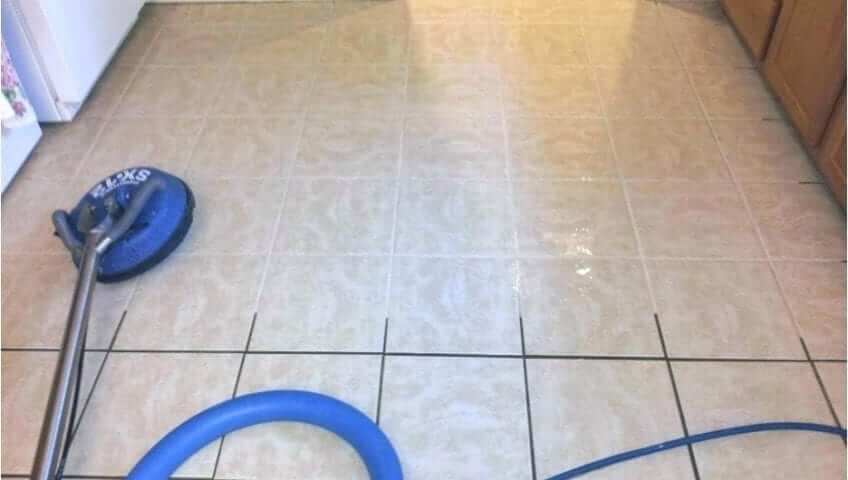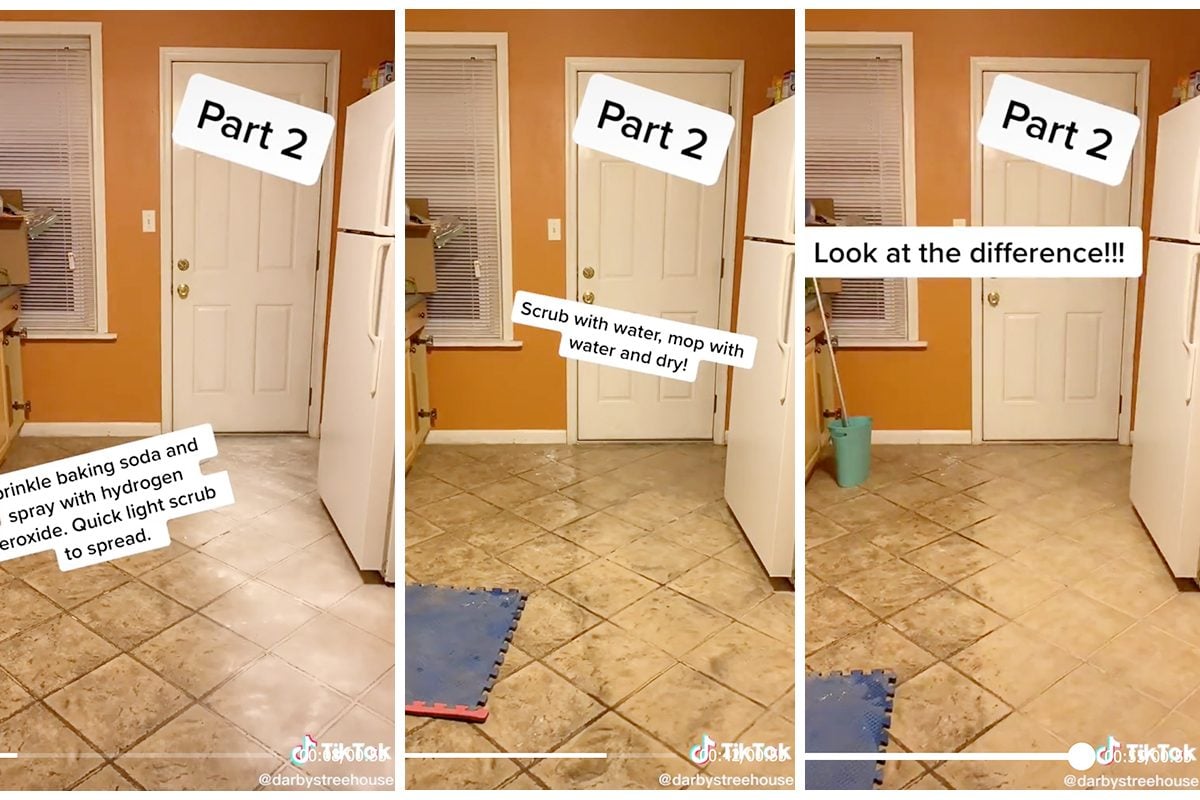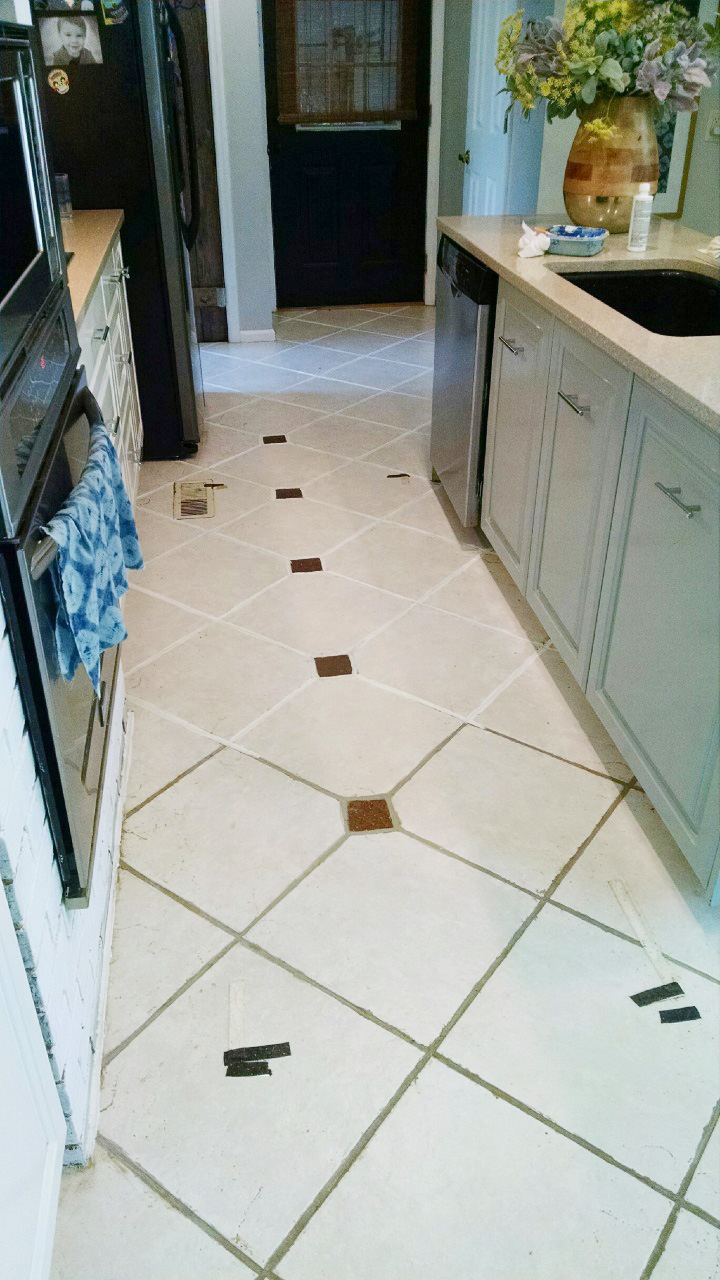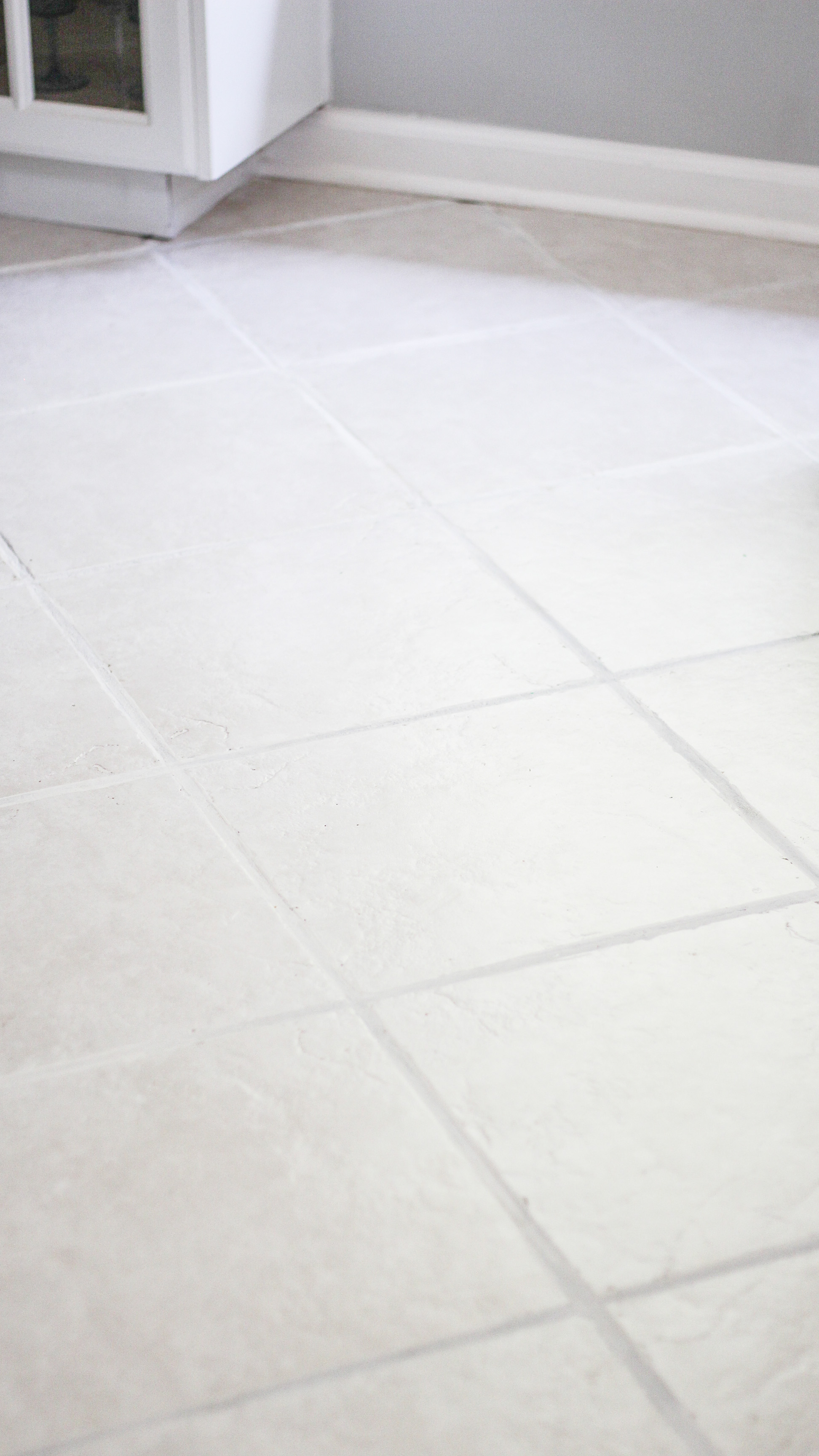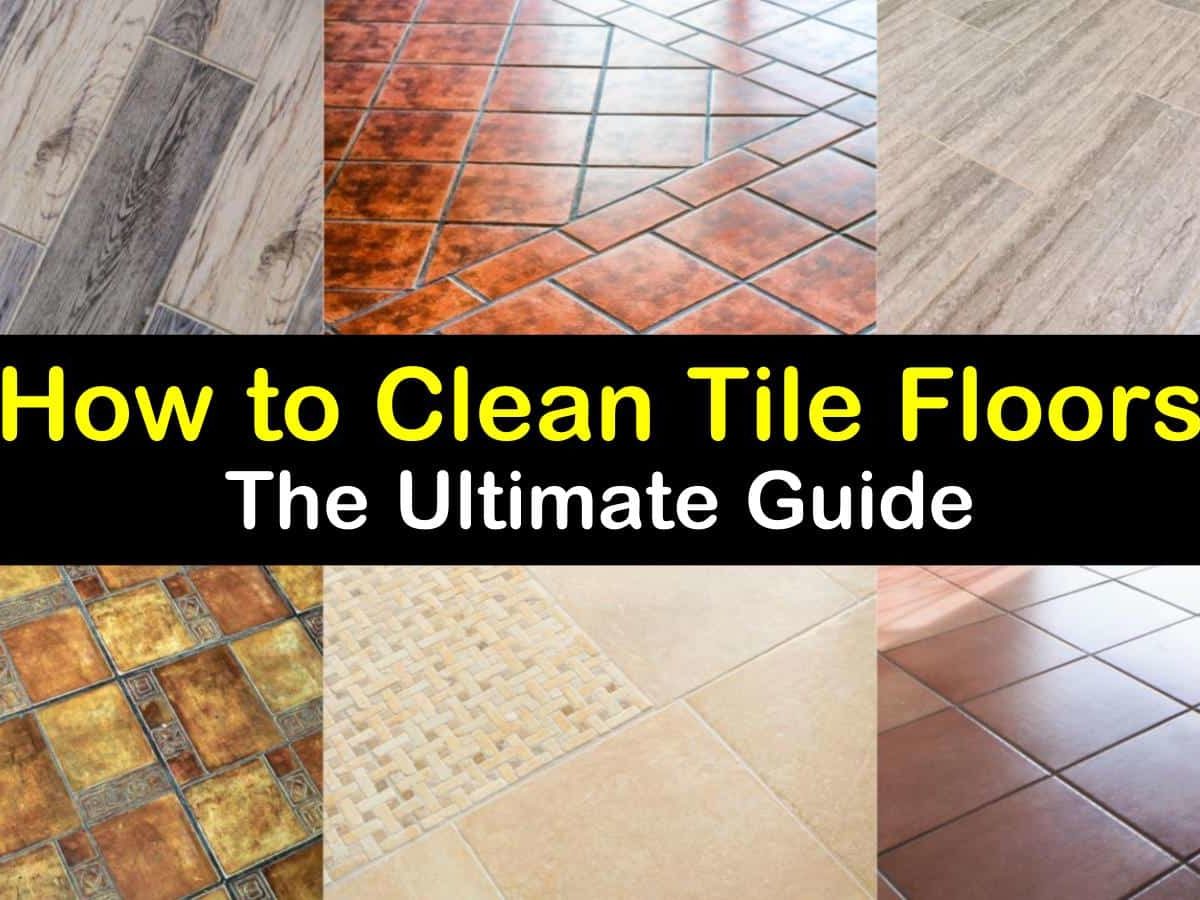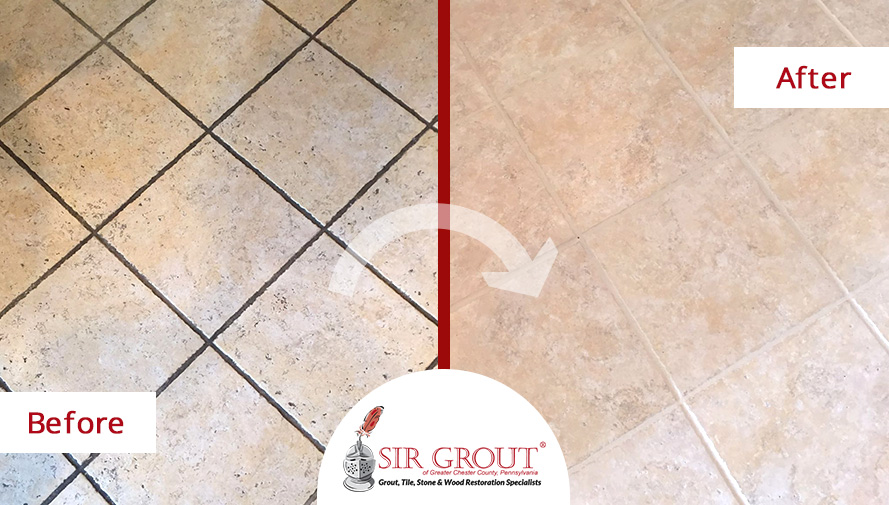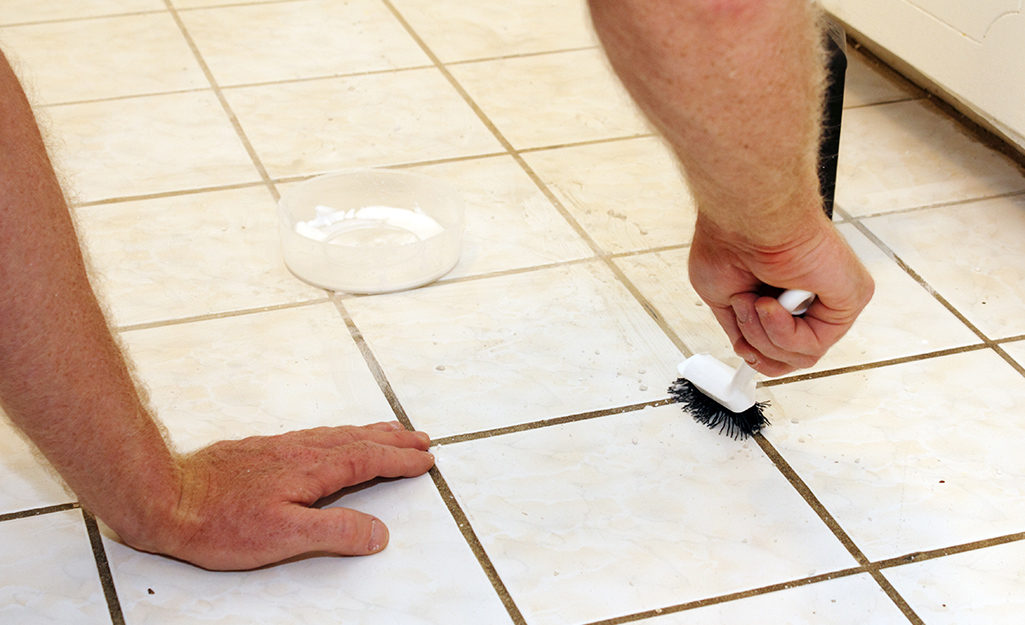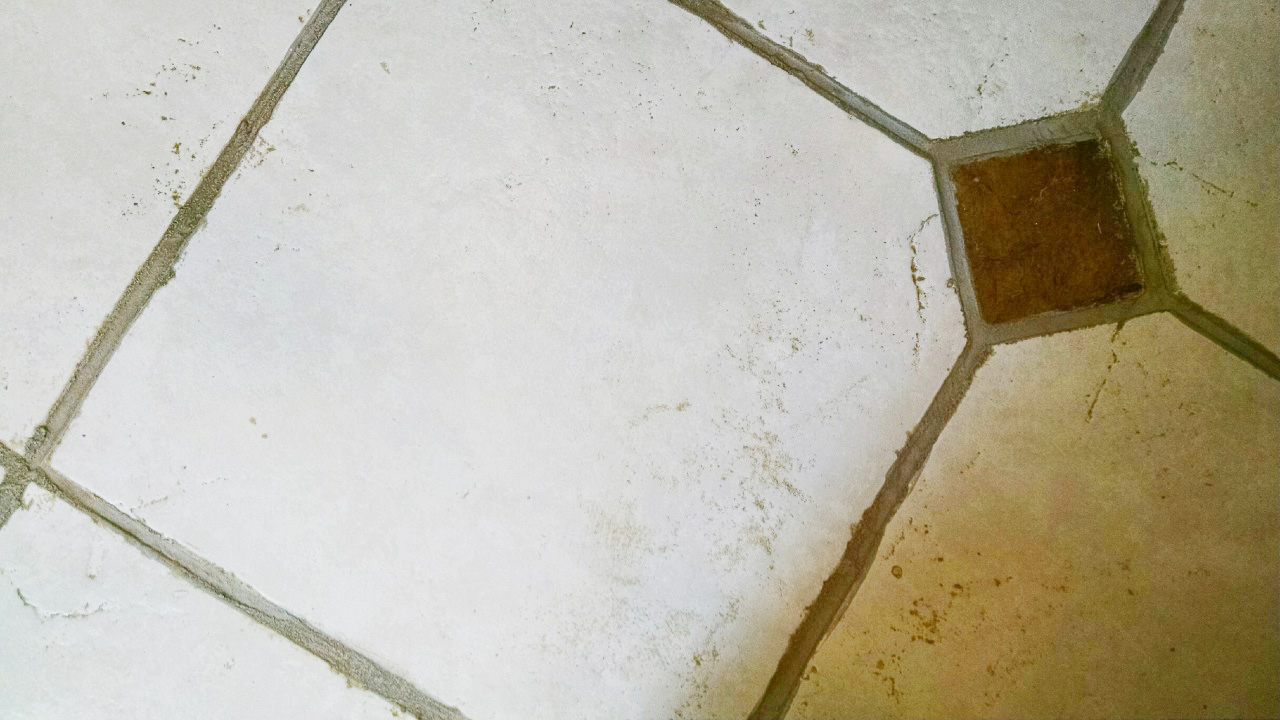Understanding the Importance of Regular Tile Floor Maintenance
Regular tile floor maintenance is crucial for keeping your floors clean and prolonging their lifespan. Over time, tile floors can accumulate dirt, grime, and stains, making them appear dull and unattractive. By understanding the importance of regular maintenance, you can effectively clean your filthy tile floors and maintain their beauty.
One of the main reasons why regular tile floor maintenance is essential is to prevent the buildup of dirt and grime. High foot traffic areas, such as kitchens and bathrooms, are prone to accumulating dirt, spills, and other debris that can stick to the tile surface. If not cleaned regularly, these substances can penetrate the grout lines and become difficult to remove, leading to discoloration and damage to the tiles.
Regular maintenance also helps to prevent the growth of mold and mildew on tile floors. Moisture, especially in areas like bathrooms or near entryways, can create a breeding ground for mold and mildew. These not only cause unpleasant odors but can also lead to health issues such as allergies and respiratory problems. By regularly cleaning your tile floors and ensuring they are dry, you can minimize the risk of mold and mildew growth.
Furthermore, regular maintenance helps to maintain the appearance and shine of your tile floors. Over time, dirt and grime can dull the surface of the tiles, making them look dull and unappealing. By regularly cleaning and polishing your tile floors, you can restore their original shine and keep them looking new for longer.
Regular maintenance also helps to identify and address any potential issues with your tile floors. By regularly inspecting and cleaning your floors, you can spot any loose or cracked tiles, damaged grout, or other issues that may require professional attention. Addressing these issues promptly can prevent further damage and the need for costly repairs or replacements in the future.
Regular tile floor maintenance is essential for keeping your floors clean, preventing the buildup of dirt and grime, and prolonging their lifespan. By understanding the importance of regular maintenance, you can effectively clean your filthy tile floors and maintain their beauty.
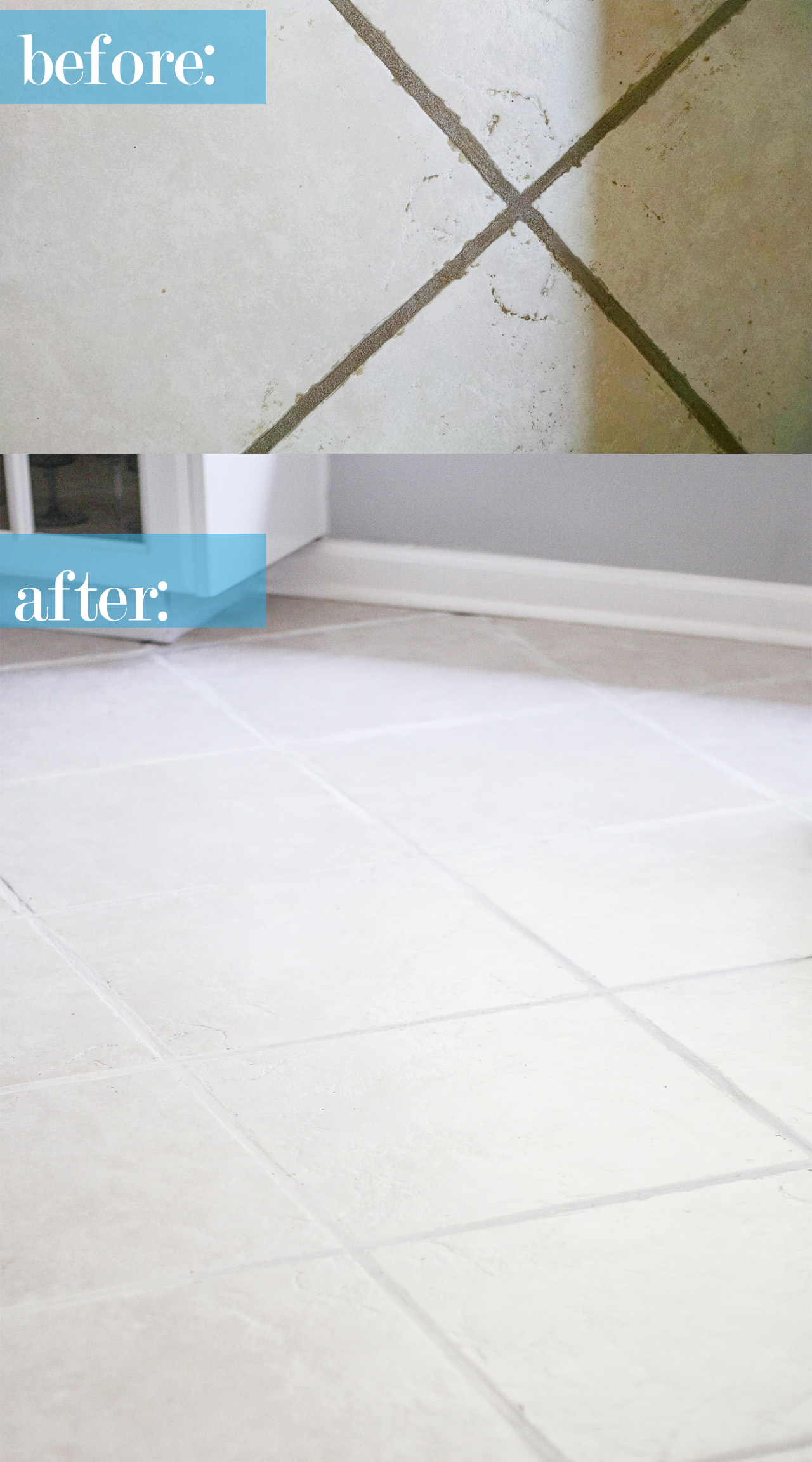
Essential Tools and Products for Deep Cleaning Filthy Tile Floors
Cleaning filthy tile floors can be a daunting task, but with the right tools and products, you can restore their shine and cleanliness. Here are some essential tools and products that will make the cleaning process easier and more effective.
- Broom and Dustpan: Before you start deep cleaning your tile floors, it is important to remove any loose dirt and debris. A broom and dustpan are essential tools for this initial step. Sweep the entire floor surface to eliminate loose dirt, dust, and larger particles.
- Vacuum Cleaner: For a more thorough cleaning, consider using a vacuum cleaner with a brush attachment. This will help you remove dirt and debris from hard-to-reach corners and crevices. It is especially effective for removing pet hair or finer particles that a broom may not catch.
- Mild Detergent: To effectively clean filthy tile floors, you will need a mild detergent that is safe for use on tile surfaces. Look for a pH-neutral cleaner that is specifically formulated for tiles. Avoid using harsh chemicals or abrasive cleaners, as they can damage the tiles.
- Scrub Brush or Microfiber Mop: To scrub away stubborn dirt and stains, use a scrub brush with stiff bristles or a microfiber mop. These tools will help you agitate the surface and remove grime effectively. Make sure to choose a scrub brush or mop that is suitable for your tile type to avoid any potential damage.
- Grout Brush: Filthy tile floors often have dirty and stained grout lines. A grout brush with firm bristles is essential for cleaning and restoring the grout’s original color. Apply a mild grout cleaner and scrub the grout lines thoroughly to remove any built-up dirt or stains.
- Steam Cleaner: For a deep and thorough cleaning, consider using a steam cleaner. Steam cleaners use hot steam to loosen dirt and grime, making it easier to remove. They are particularly effective in sanitizing and disinfecting tile floors, killing germs and bacteria in the process.
- Mop and Bucket: Finally, a mop and bucket are essential for rinsing and drying the tile floor after cleaning. Use a clean mop and a bucket filled with warm water to rinse away any remaining detergent or residue. Make sure to dry the floor thoroughly to prevent any slips or falls.
Step-by-Step Guide to Safely and Effectively Clean Filthy Tile Floors
Cleaning filthy tile floors can be a daunting task, but with the right approach and a little bit of effort, you can restore the shine and cleanliness of your tiles. Whether it’s dirt, grime, or stubborn stains that have accumulated over time, following this step-by-step guide will help you achieve the desired results.
Step 1: Remove loose debris
Before you begin cleaning, it’s essential to remove any loose debris from the floor. Sweep or vacuum the area to get rid of dirt, dust, and loose particles. This will ensure that the cleaning process is more effective and prevent any scratching during the next steps.
Step 2: Prepare a cleaning solution
Next, prepare a cleaning solution suitable for your tile type. Different tile materials may require different cleaning products. For ceramic or porcelain tiles, a mixture of warm water and mild detergent is usually sufficient. For natural stone tiles, it’s best to use a pH-neutral cleaner to avoid damaging the surface. Read the manufacturer’s instructions and dilute the cleaner accordingly.
Step 3: Test the cleaning solution
Before applying the cleaning solution to the entire floor, it’s important to test it on a small, inconspicuous area. Apply the solution and let it sit for a few minutes, then wipe it off. Check for any adverse reactions such as discoloration or damage. If the test area appears unaffected, proceed with confidence.
Step 4: Scrub the tiles
Using a soft-bristle brush or a mop, apply the cleaning solution to the tiles. Scrub the surface gently, paying extra attention to any heavily soiled areas or stains. Avoid using abrasive materials or harsh scrub brushes as they can scratch the tiles. Work in small sections to ensure thorough cleaning.
Step 5: Rinse the floor
After scrubbing, rinse the floor with clean water to remove any remaining cleaning solution. This step is crucial to prevent any residue from accumulating on the tiles, which can dull their appearance or attract more dirt in the future. Use a mop or a clean cloth to remove the excess water from the floor.
Step 6: Dry the tiles
To avoid water spots and ensure a streak-free finish, dry the tiles thoroughly. Use a clean, dry mop or a towel to absorb any excess moisture. Pay attention to corners and edges where water may accumulate.
Expert Tips to Maintain the Shine and Cleanliness of Tile Floors
Regular Cleaning Routine
To keep tile floors looking shiny and clean, it is essential to establish a regular cleaning routine. This routine should include sweeping or vacuuming the floors to remove any loose dirt and debris. It is important to use a soft-bristle broom or a vacuum with a brush attachment to avoid scratching the tiles. Additionally, a dry microfiber mop can be used to remove any remaining dust particles.
Proper Mopping Techniques
Mopping is a crucial step in maintaining the cleanliness of tile floors. However, it is important to use the right techniques to prevent streaking or leaving residue behind. Start by choosing a pH-neutral cleaner specifically formulated for tile floors. Dilute the cleaner according to the instructions and apply it to the floor. Avoid using excessive water, as it can seep into the grout lines and cause damage. Use a microfiber mop or a sponge mop to gently clean the floor, ensuring that the mop is not too wet. Rinse the mop frequently to avoid spreading dirt and grime across the floor.
Dealing with Stains
Stains on tile floors can be unsightly and difficult to remove if not addressed promptly. For food or beverage stains, it is advisable to act quickly and wipe up any spills immediately using a damp cloth or paper towel. For tougher stains, a mixture of baking soda and water can be applied to the affected area and left for a few minutes before scrubbing with a soft brush. For grease stains, a mild grease-cutting dish soap can be used. Avoid using harsh chemicals or abrasive cleaners, as they can damage the tiles.
Protective Measures
Preventing dirt and damage to tile floors is just as important as regular cleaning. Placing mats or rugs at entryways can help trap dirt and prevent it from being tracked onto the floors. It is also recommended to use furniture pads or felt protectors under the legs of chairs and other heavy furniture to prevent scratches. Additionally, using a sealant on grout lines can help protect them from staining and make cleaning easier.
Professional Cleaning and Maintenance
While regular cleaning can go a long way in maintaining the shine and cleanliness of tile floors, professional cleaning and maintenance is also beneficial. Hiring a professional tile cleaning service every 1-2 years can ensure that any deep-seated dirt or grime is removed, leaving the floors looking as good as new. Additionally, professionals can inspect the grout lines for any signs of damage or deterioration and provide necessary repairs or resealing.
Cleaning Ceramic Tile Floors and Grout
How To Clean Dirty White Tiles to make Pure White Tiles At Home
The Easiest Way to Clean Filthy, Neglected Tile Flooring
21+ Versatile Ways to Clean Tile Floors
The Best Way to Clean Tile and Grout! – Tile Maintenance Tips Episode 1
How to Clean Tile Flooring: Best Tips for Ceramic, Stone u0026 More
You Wonu0027t Believe How This Old and Dirty Floor Was Restored After
How to Clean Tile Floors
The Easiest Way to Clean Filthy, Neglected Tile Flooring
Related Posts:
- Best Way To Clean New Tile Floor
- Coral Tile Flooring
- Tile Floor Room Transitions
- Old World Tile Flooring
- Slip Resistant Porcelain Tile Flooring
- Best Way To Mop Ceramic Tile Floors
- How To Clean Terrazzo Tile Floors
- Driftwood Ceramic Tile Flooring
- How To Seal Quarry Tile Floors
- How To Clean Tile Floors In Bathroom
